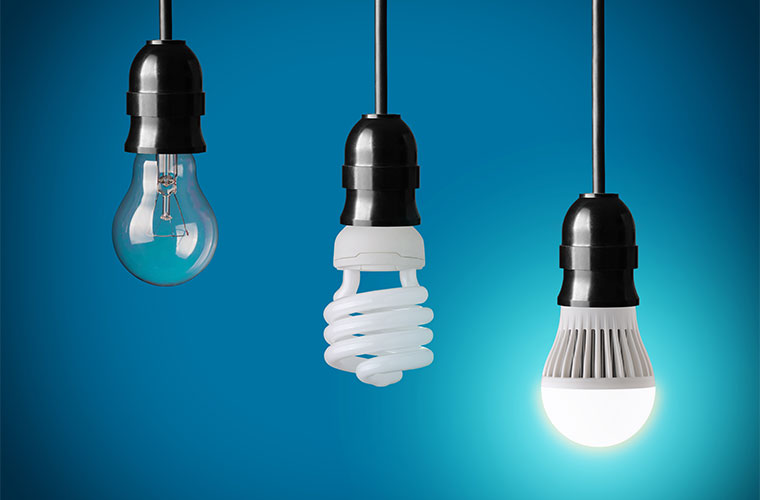At an event during the Energy Efficiency Global Forum in Copenhagen, UN Environment’s ‘United for Efficiency’ initiative announced Model Regulation Guidelines for conventional consumer light bulbs for developing and emerging economies. The Guidelines were developed together by public and private stakeholders, all sharing the common objective to accelerate the transition towards energy-efficient lighting and appliances.
“The Model Regulation Guidelines can help countries meet their environmental goals, improve public health, and save money,” said Mark Radka, Chief, Energy and Climate Branch of UN Environment. “They’re a great example of what partnerships between the private sector and environmental groups can achieve.”
“About 15 per cent of global electricity is used for lighting, and when economies grow, the demand for lighting goes up. If developing and emerging economies could switch to efficient LED lighting overnight, they would save $18 billion on electricity bills, prevent 160 million tonnes of CO2 from going into the atmosphere each year and save electricity equivalent to the total annual consumption of Mexico.”
One of the fastest and cheapest ways to deliver carbon savings and relief to stressed electricity grids is to shift to energy-saving LED lighting. Noah Horowitz, Director of the Center for Energy Efficiency Standards at the Natural Resources Defense Council, noted, “Light bulbs are the low-hanging fruit in the efficiency tree. No other product offers such compelling savings on a per product basis. LEDs use up to 90 per cent less energy than conventional incandescent light bulbs.”
Harry Verhaar, Head of Global Public & Government Affairs at Signify, stressed the timing is right for Guidelines.
”The global market for incandescent light bulbs has reduced by 80 per cent from 12 to 2 billion units over the past ten years. Implementing these Guidelines is crucial for developing and emerging economies, where incandescent light bulbs are still widely available.”
The Model Regulation Guidelines contain all essential elements, including product scope, definitions, test methods, minimum efficiency levels, and a set of minimum performance requirements along with market surveillance to ensure consumers’ satisfaction with LED bulbs. The Guidelines will simplify the deployment, adoption and enforcement of standard regulation on lighting efficiency and will soon be distributed to interested countries in Asia, Africa, and Latin America. Countries implementing the regulation will also reduce trade barriers and provide opportunities for sharing resources, such as testing facilities.
Tagged with lightED